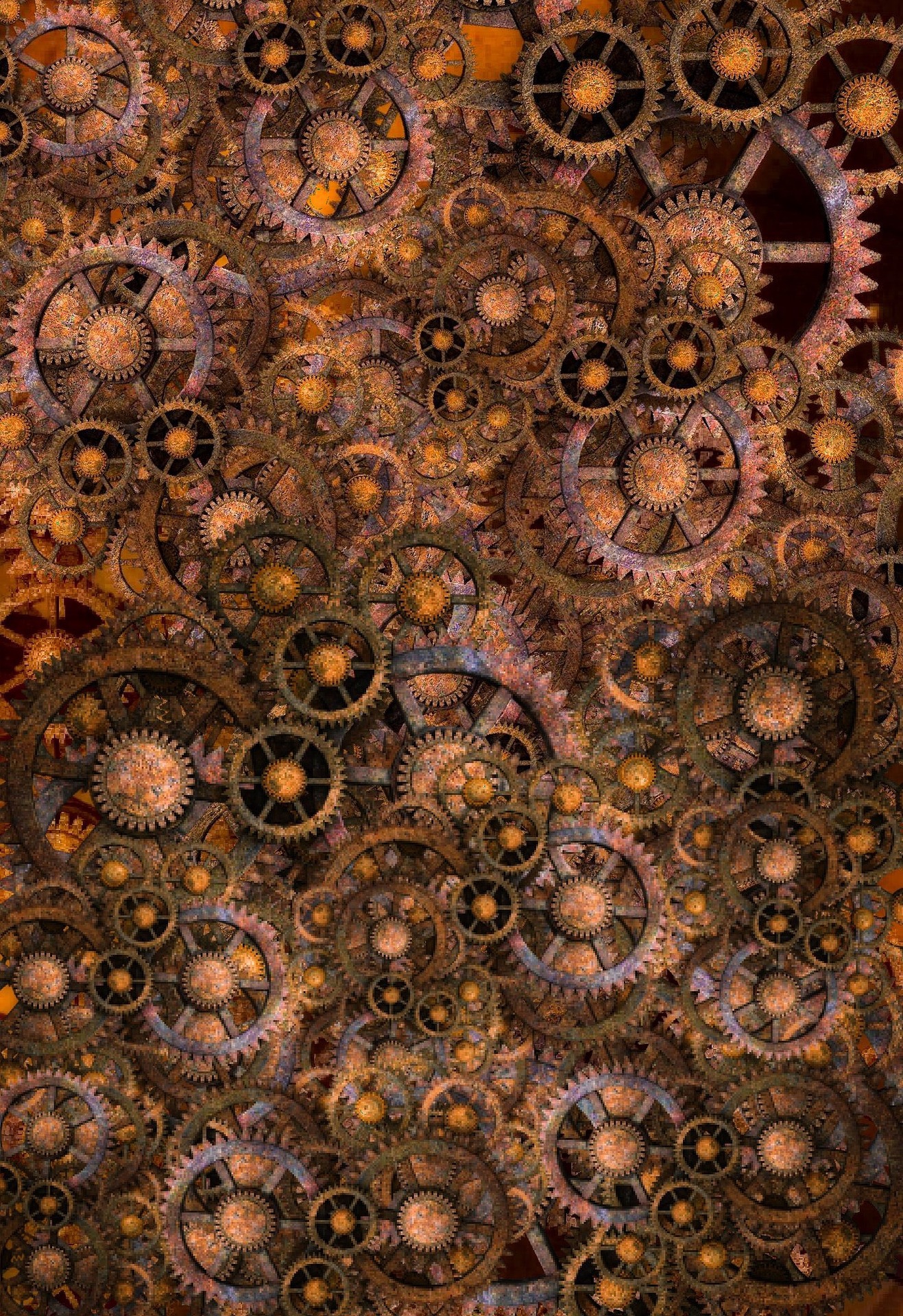Innovations Talk: 'Science Fiction, Communities of Practice and the Origins of Synthetic Biology'

How can we make sense of the mutual influence between science fiction and techno-scientific communities of practice? Charting the traffic of ideas between science fiction and synthetic biology, this presentation revisits Neil Stephenson’s Hieroglyph Theory, which posits that science fiction produces visions of the future centered on iconographic imagined technologies that inspire and guide present action. While recognizing that some synthetic biology practitioners did look to science fiction as a guide to the future, I build on Stephenson’s theory by highlighting the role that real-world communities of practice played in determining how particular visions of the future did — or did not — circulate. Drawing together analytical resources from science fiction studies and science and technology studies, I argue that science fiction’s ability to generate affect and emotion is key to understanding its uptake and effects in extra-literary domains.
Rebecca Wilbanks
Rebecca Wilbanks received her PhD from Stanford’s Program in Modern Thought and Literature, and holds a BA summa cum laude in comparative literature and biological sciences from Cornell University. She moved to Baltimore to complete a postdoctoral fellowship in bioethics and the history of medicine at Johns Hopkins, where she is currently a lecturer in the Expository Writing Program. Addressing the intersection of science and culture, her work engages literary studies; science and technology studies; the history and philosophy of science, technology, and medicine; bioethics; and the environmental humanities.